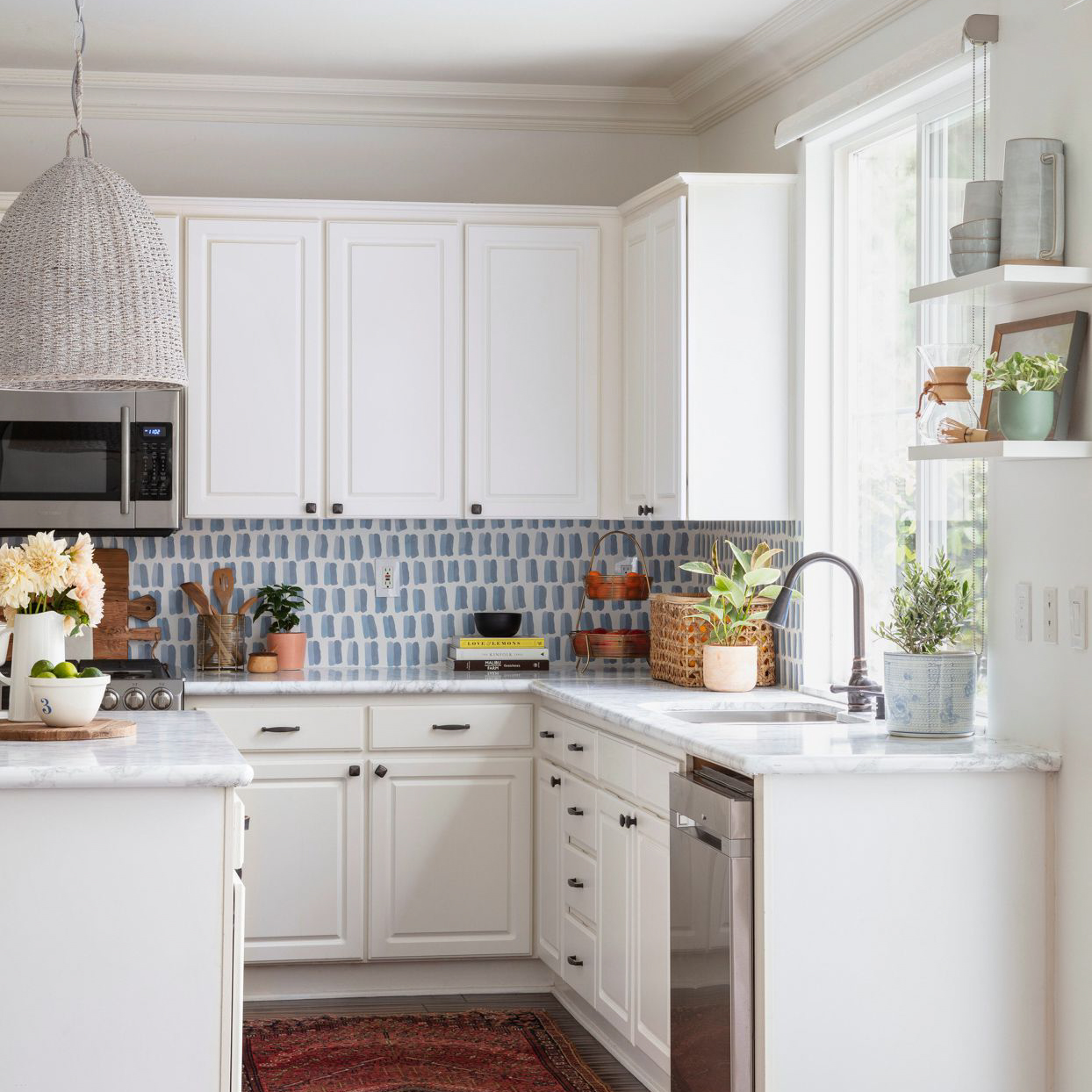
The Allure of Panton Tables: Exploring the Design Legacy of a Mid-Century Modern Classic
Introduction
The Panton Table is an iconic piece of furniture, designed by Danish designer Verner Panton in the 1960s. It is a perfect example of mid-century modern design, featuring sleek lines, bold colors, and a simple yet elegant form. The Panton Table has remained popular for over half a century, and its design continues to inspire contemporary furniture makers today. This article will explore the design legacy of the Panton Table, its key features and innovations, and the impact that it has had on modern furniture design.
The Design of the Panton Table
The Panton Table was designed by Verner Panton in 1965, as a complement to his famous Panton Chair. Like the chair, the table was designed with the aim of creating a visually striking but functional piece of furniture. Panton believed that furniture should not only serve a purpose, but also be a work of art in its own right.
The Panton Table is made from a single piece of molded plastic, with a round tabletop and three legs that curve elegantly outwards. The table’s minimalist design creates a sense of lightness and simplicity, while its curves and bright colors give it a playful, almost whimsical feel. The table comes in a range of colors, including white, black, red, and blue, making it a versatile piece that can be adapted to a variety of interior design styles.
Innovations and Features of the Panton Table
The Panton Table was an innovative piece of furniture for its time, featuring a number of design features that were cutting-edge in the 1960s. One of the most important of these was its use of molded plastic. Panton was one of the first furniture designers to experiment with this material, which allowed him to create furniture that was both lightweight and durable.
The Panton Table’s use of molded plastic also allowed it to be produced in large quantities and at a relatively low cost. This made it an accessible piece of furniture, available to a wide range of consumers, rather than just a luxury item for the wealthy.
In addition to its use of molded plastic, the Panton Table also incorporated a number of other design innovations. These included its three-legged form, which created a sense of balance and harmony in the overall design, as well as its bright colors, which added a pop of visual interest to any interior space.
The Legacy of the Panton Table
The Panton Table remains a popular piece of furniture today, more than 50 years after it was first designed. Its legacy can be seen in the work of contemporary furniture designers, who continue to experiment with new materials, forms, and colors in their designs.
One key aspect of the Panton Table’s legacy is its emphasis on simplicity and functionality. This is a hallmark of mid-century modern design, and one that continues to be influential today. Many of the features of the Panton Table, such as its minimalist form and use of molded plastic, have become standard in modern furniture design.
Another aspect of the Panton Table’s legacy is its integration of art and design. Verner Panton believed that furniture should be more than just functional – it should also be beautiful and visually striking. This is a philosophy that is still evident in many contemporary furniture designs.
The Panton Table is a classic piece of mid-century modern design, recognized for its elegance, simplicity, and bold use of color. It remains a popular piece of furniture today, inspiring contemporary designers and continuing to be a staple of interior design. Its legacy can be seen in the many innovations and design features that it introduced, as well as in its emphasis on functionality and visual appeal. For anyone interested in modern furniture design, the Panton Table is a must-see.
